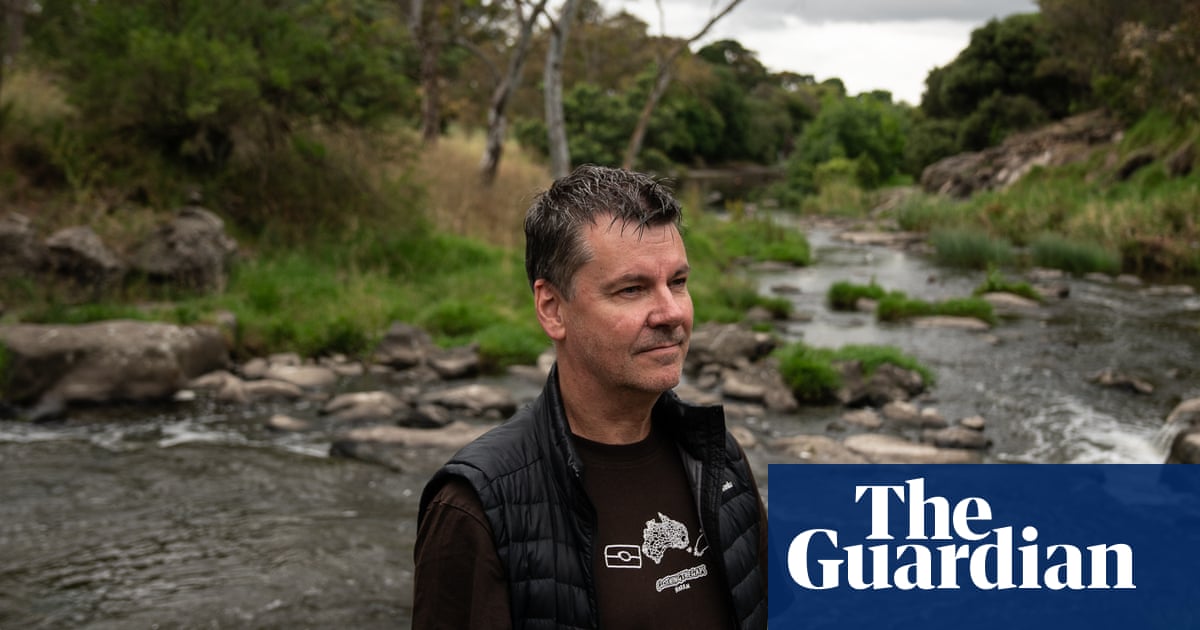Almost 185 years later, Trevor Lithgow, a biochemist at Monash University, and a student in his charge visited that same lovely stream, bent down at its bank with an empty flask attached to a broom pole, and retrieved a double shot of water. They bundled the sample into a bag and drove it back to examine at their laboratory.
There, they mixed the sample with a culture of Klebsiella pneumoniae, a rod-shaped bacteria, prevalent in nature, and one that colonises human stomachs and lines our intestines. It forms snot-like colonies, gobbling up and fermenting lactose to fuel itself. Usually, Klebsiella is harmless.
But in certain situations, Klebsiella can establish itself outside the gut – and then it becomes a threat. “You would not want to have an infection that’s driven by Klebsiella,” Lithgow says.
Klebsiella is defined by the World Health Organization as a “priority pathogen”. Some prefer to call it a “superbug”. It’s a bacteria that poses a major threat to global health because some strains have evolved to evade our most potent drugs, in a process known as antimicrobial resistance (AMR).



I think that’s exactly what people were referring to when they say “culture for specific bacteria”. Remember it’s not a bacteria species that phages target, rather it’s molecular signature on certain bacteria they target, and it’s a constant arms race in the nature, so there could be endlessly many possible kinds of molecular signatures found on what’s technically the exact same species of bacterium.
So they are not “breeding a phage culture for one bacteria”, rather they were breeding phage culture for the 1000 or so kind of molecular signatures, out of millions of trillions possible ones.
Exactly, spot on. A removedtail of phage just for that one bacterium would surely get a good hit rate when diverse enough